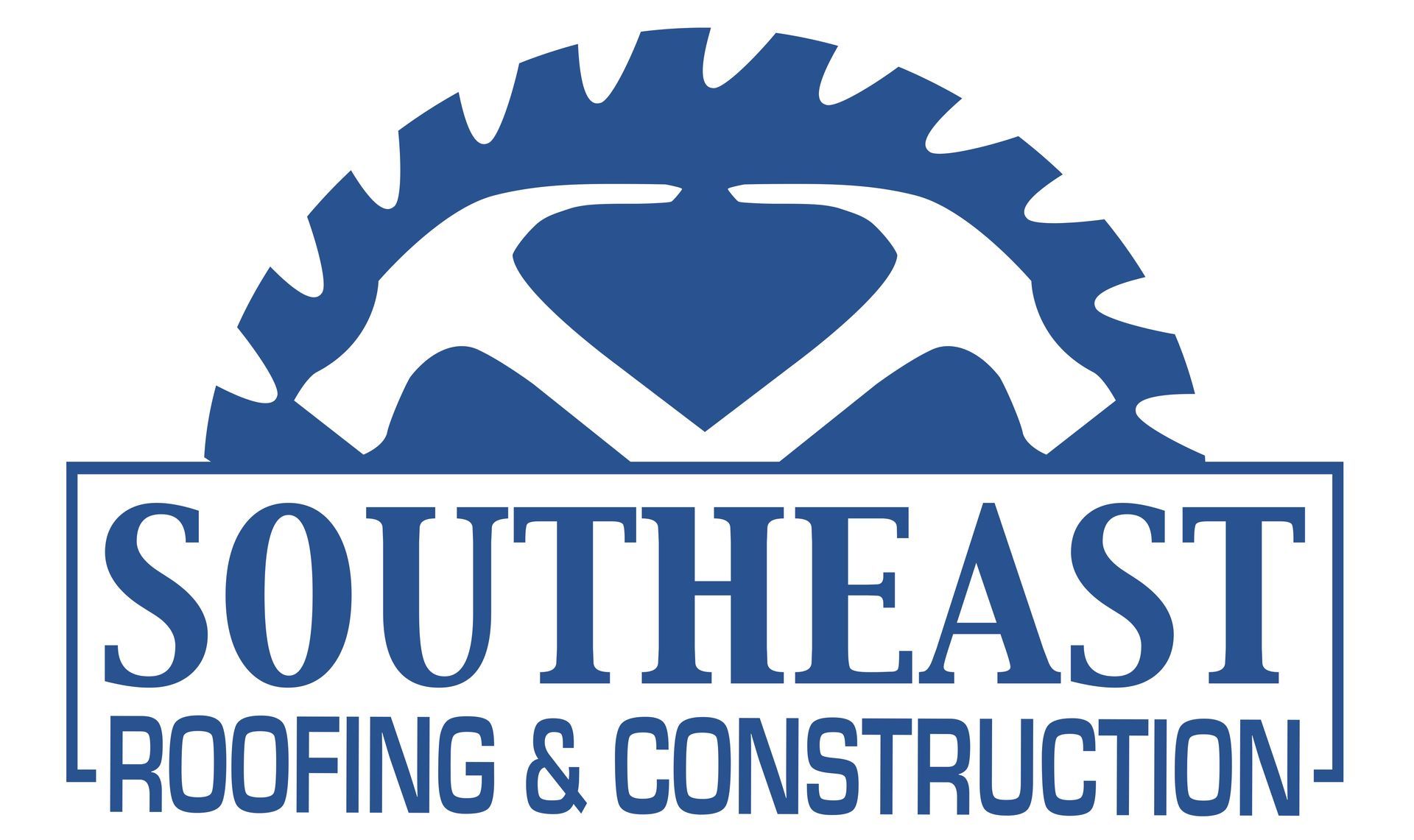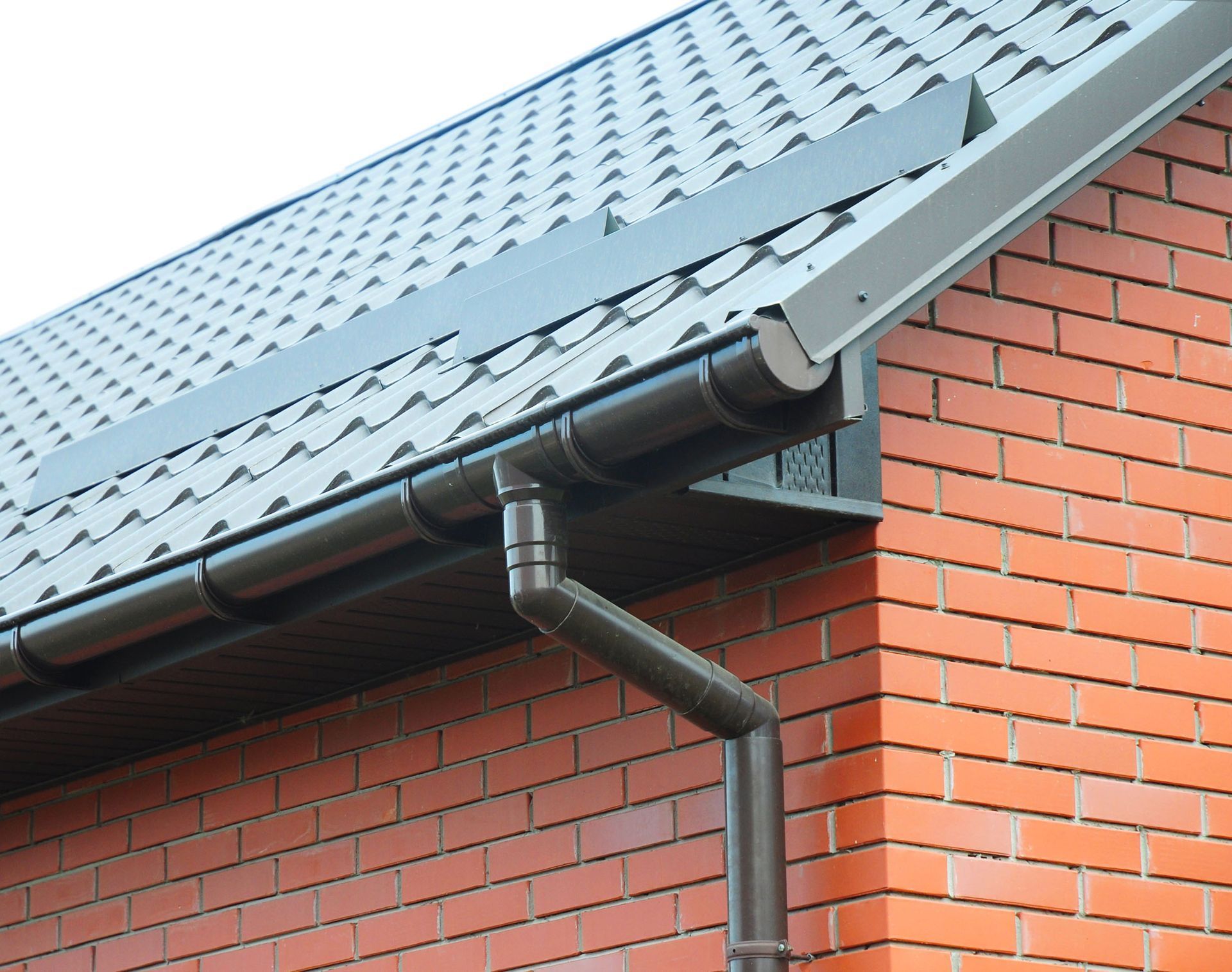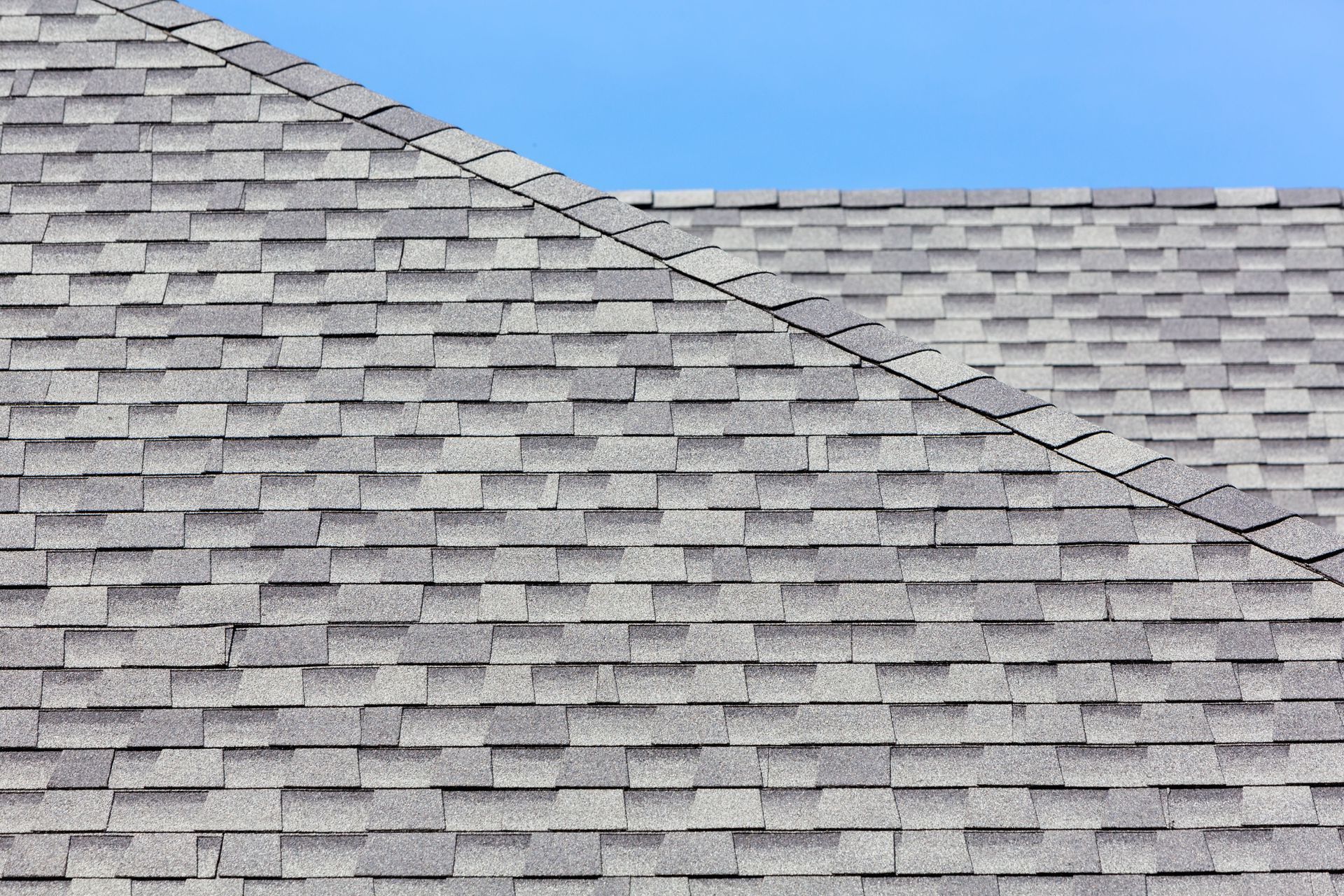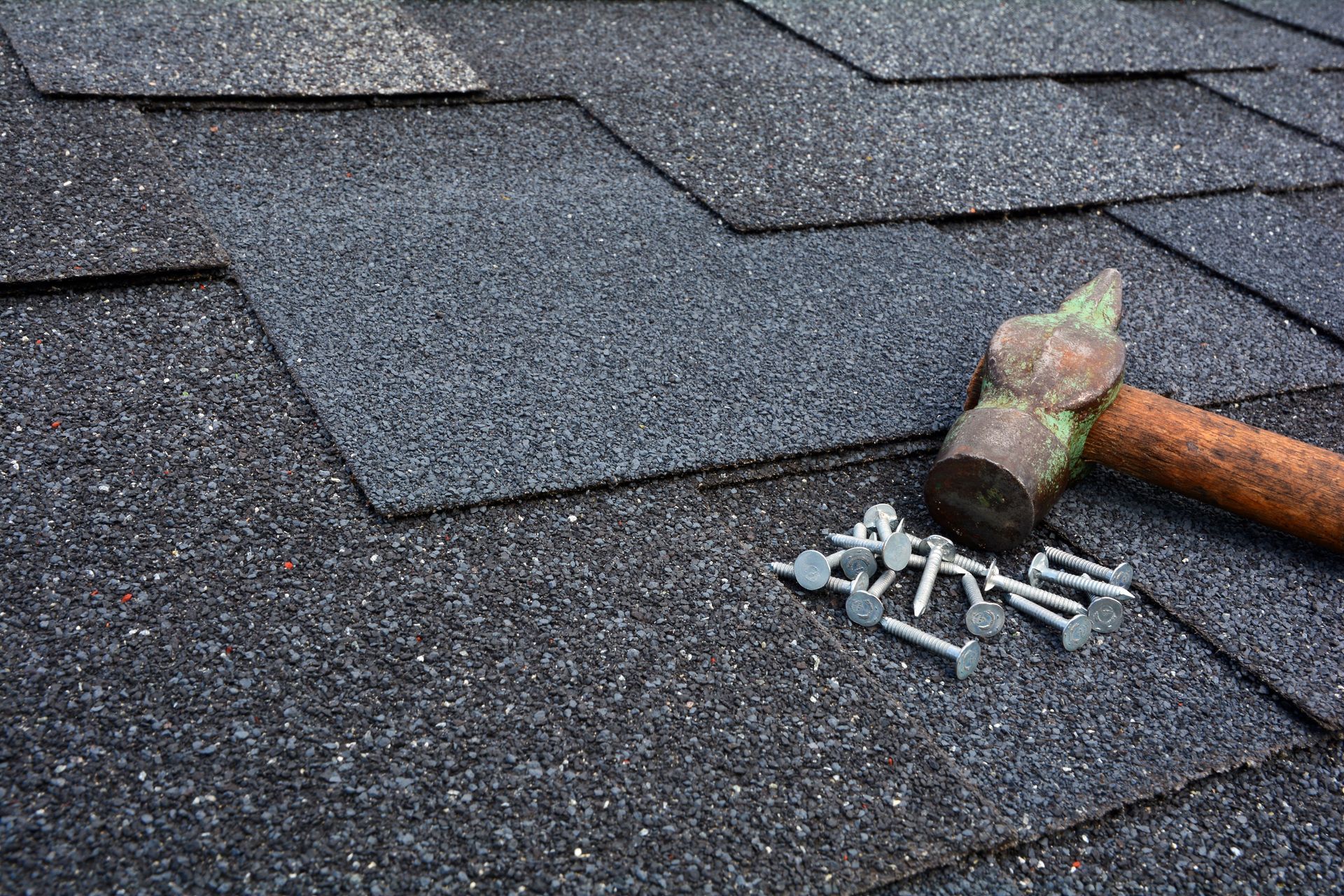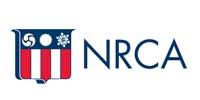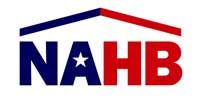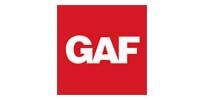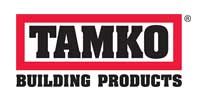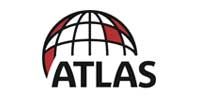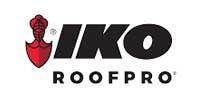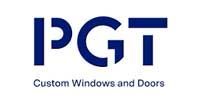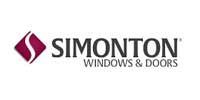Strengthen Alabama Homes
August 26, 2025
August 26, 2025
Is your home ready to weather the storm?
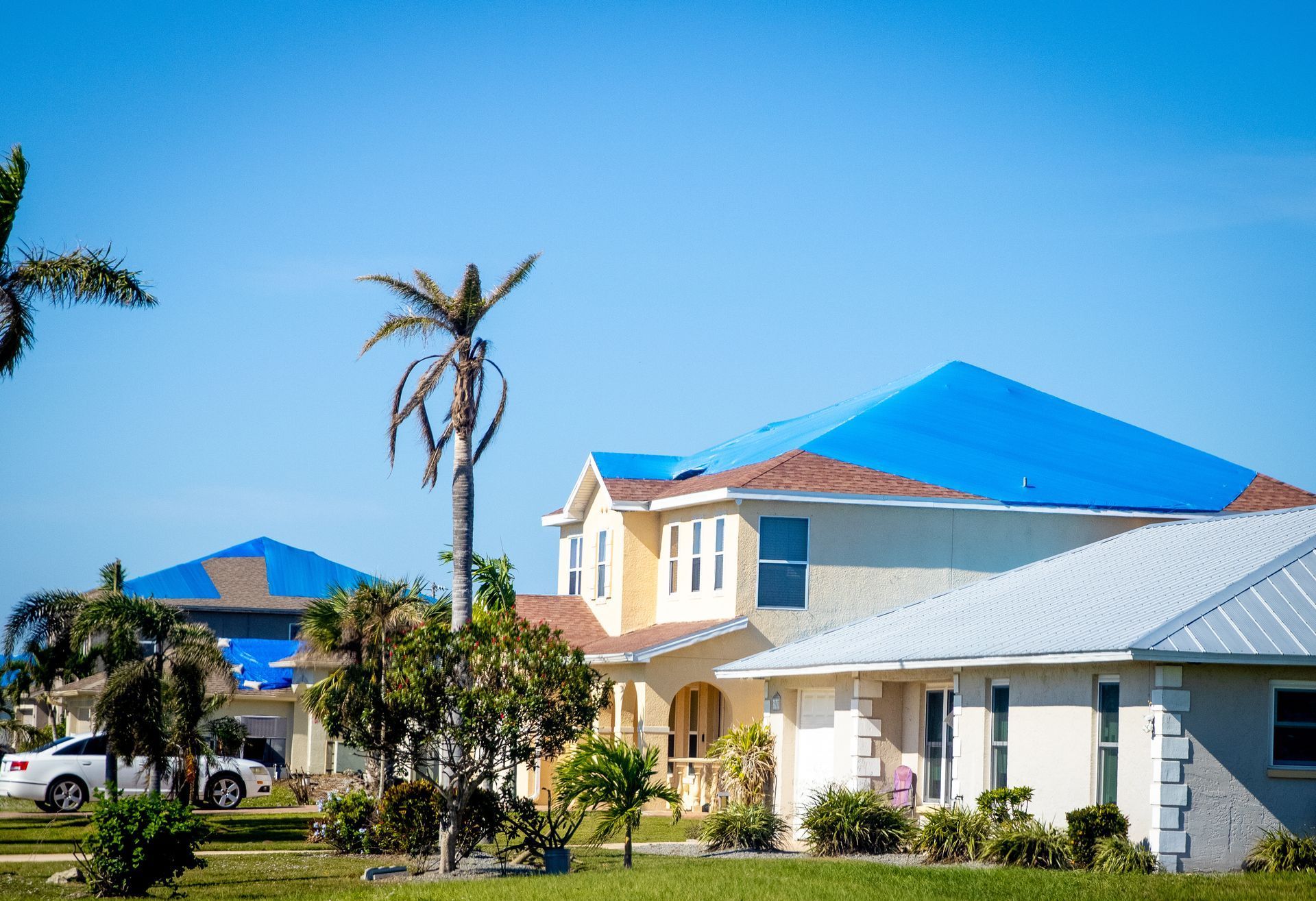
What Is the Fortified Roofing Program?
The FORTIFIED Home™ program
, run by the Insurance Institute for Business & Home Safety (IBHS), provides construction and retrofit guidelines to strengthen homes against severe weather. It includes three tiers:
- FORTIFIED Roof: Reinforces the roof system.
- FORTIFIED Silver: Adds enhancements like reinforced windows and doors.
- FORTIFIED Gold: Implements a continuous load path—integrating roof, walls, and foundation for maximum resilience.
Strengthen Alabama Homes: State-Level Support
Alabama’s Department of Insurance administers the Strengthen Alabama Homes (SAH) program, which provides significant financial and insurance incentives for homeowners:
- Grants up to $10,000 for eligible primary residences to retrofit to a FORTIFIED standard.
- Insurance Premium Discounts:
- FORTIFIED Roof: ~25–35%
- FORTIFIED Silver: ~35–45%
- FORTIFIED Gold: ~45–55% off the wind portion of homeowner’s insurance.
- Tax Deduction: Homeowners may deduct the lesser of 50% of retrofit costs or $3,000 from their gross income.
Proven Impact & Scale
- Inception & Reach:
- The program began around 2015–2016. Since then, over 8,700 homes have received retrofits through more than $86 million in grants.
- Coverage & Adoption:
- Alabama has over 50,000 FORTIFIED-certified homes—comprising a large majority (~80%) of all such homes nationwide.
- Effectiveness:
- Homes built or retrofitted to FORTIFIED standards experienced 55–74% fewer insurance claims, with 14–40% less severe losses—as demonstrated during Hurricane Sally in 2020.
- Insurance Market Stabilization:
- The initiative has helped stabilize Alabama’s insurance market, with substantial premium reductions and more insurers willing to write policies in previously high-risk areas.
Application Process & Community Insights
- How to Apply:
- Go to: https://www.strengthenalabamahomes.com/
- Register online and upload required documents (e.g., proof of homeowner’s insurance and tax details).
- Hire a certified FORTIFIED evaluator. Southeast Roofing & Construction is a Fortified Contractor.
- Receive and compare three contractor bids.
- Work completed by certified contractors; grant funds are paid directly to them.
- Once work passes inspection, the home is certified FORTIFIED.
- Certification Renewal:
- FORTIFIED certification must be renewed every five years to maintain insurance benefits.
- Community Experiences:
- Many residents report fierce demand upon application openings—"like getting Taylor Swift tickets," as one official put it.
- Reddit users recount how the program helped fully retrofit homes, significantly reduced insurance costs, and was considered well worth the effort.
Why It Matters
This program has proven cost-effective and resilience-building, offering:
- Direct financial support for homeowners.
- Major insurance savings and better insurability.
- Measurable reduction in damage and claims.
- A blueprint that other states—like Louisiana, Mississippi, and South Carolina—are already modeling.

